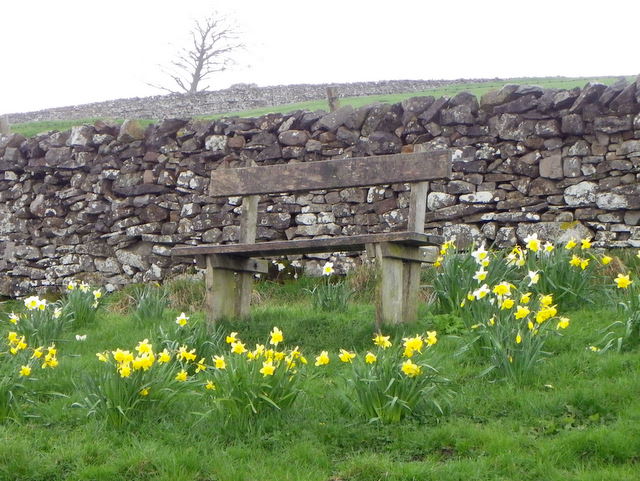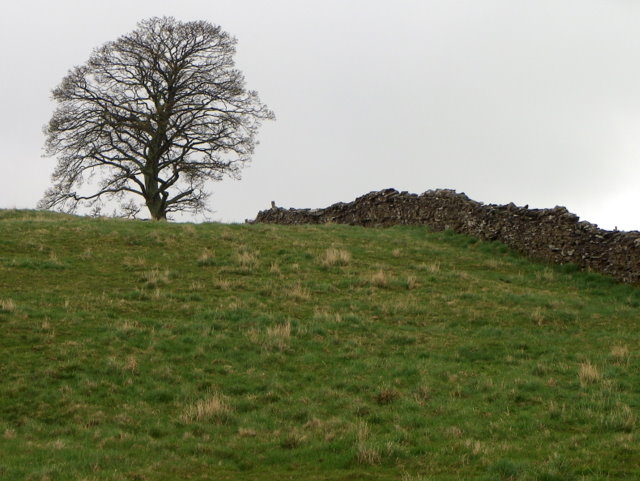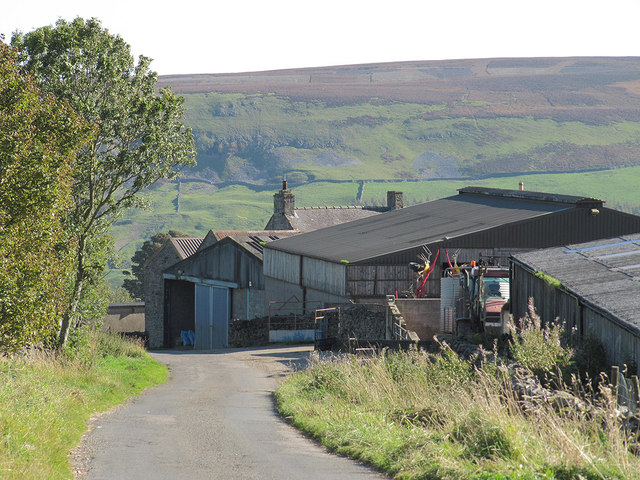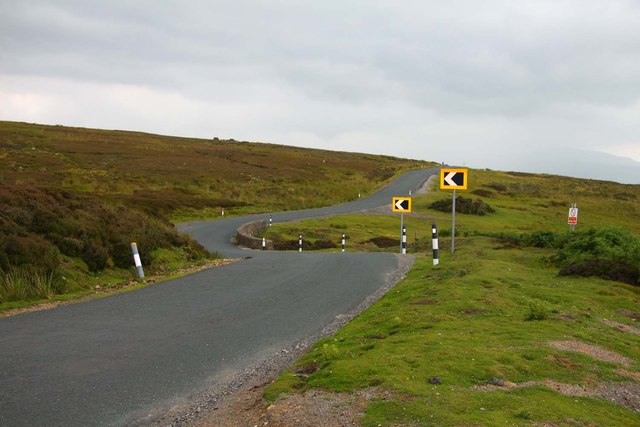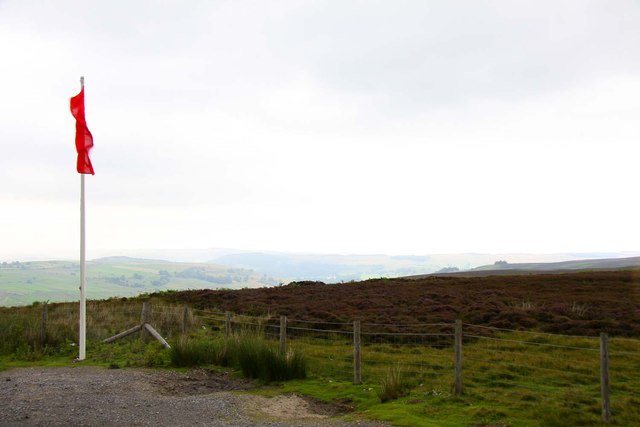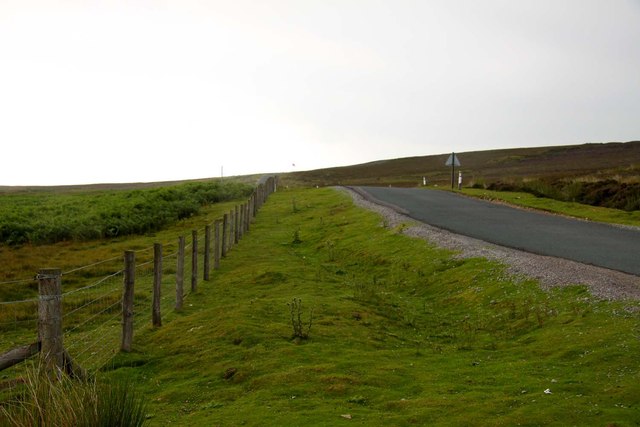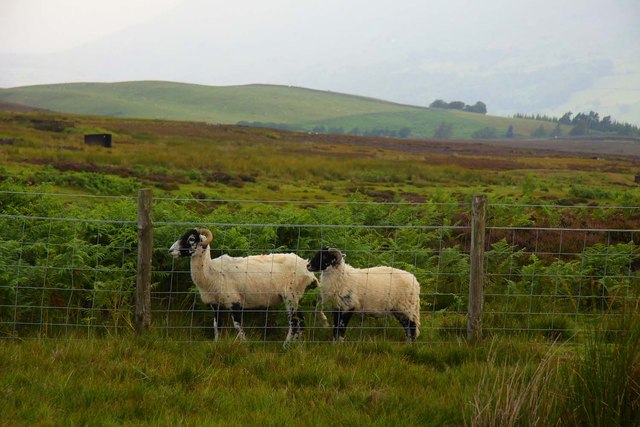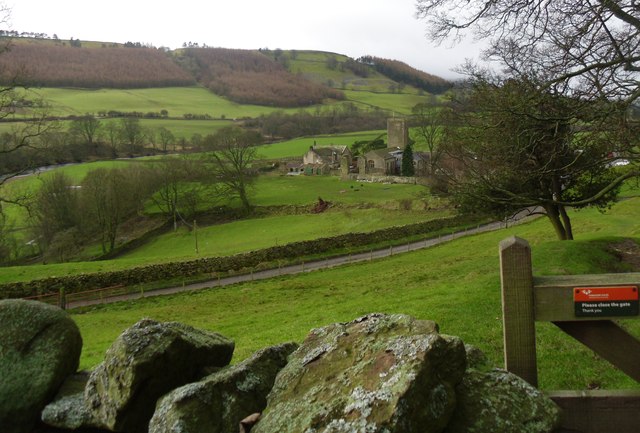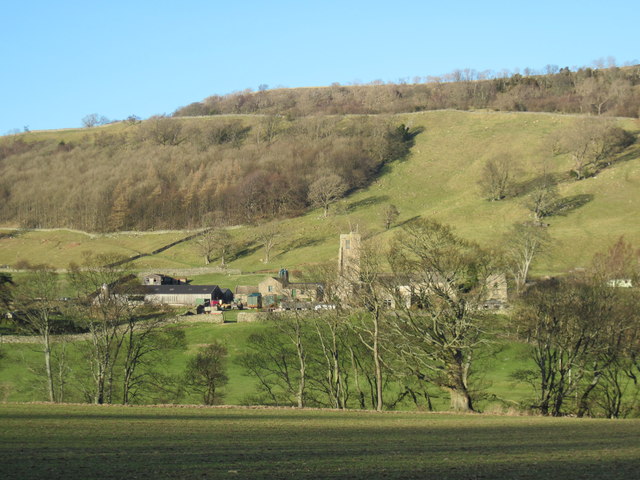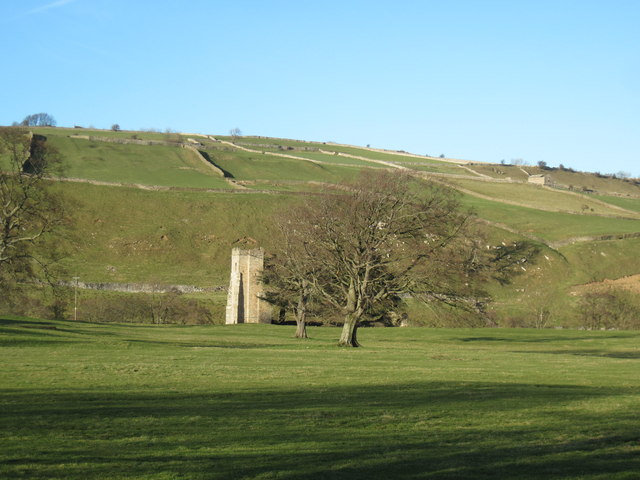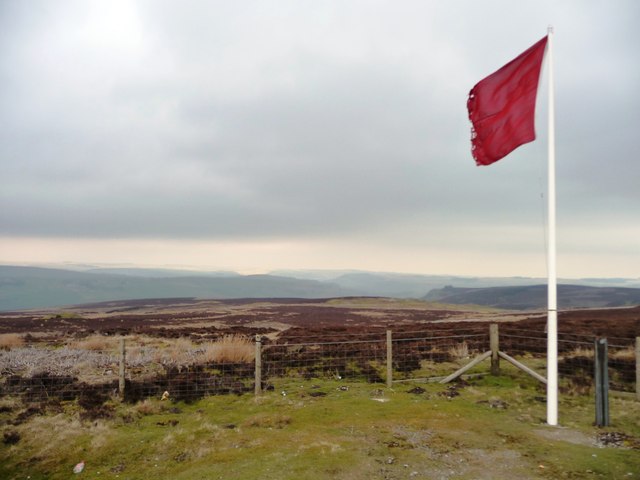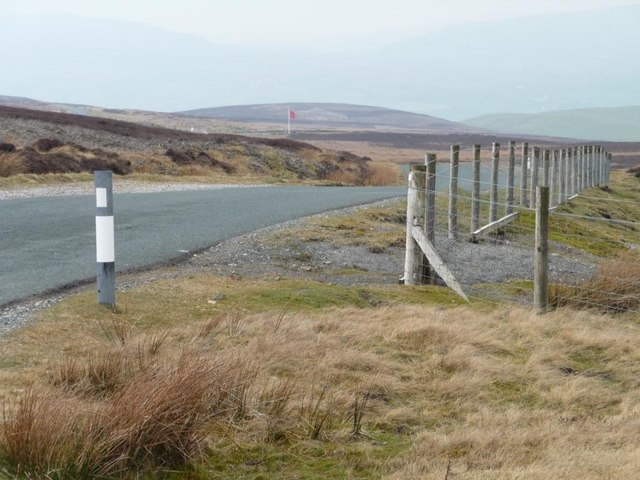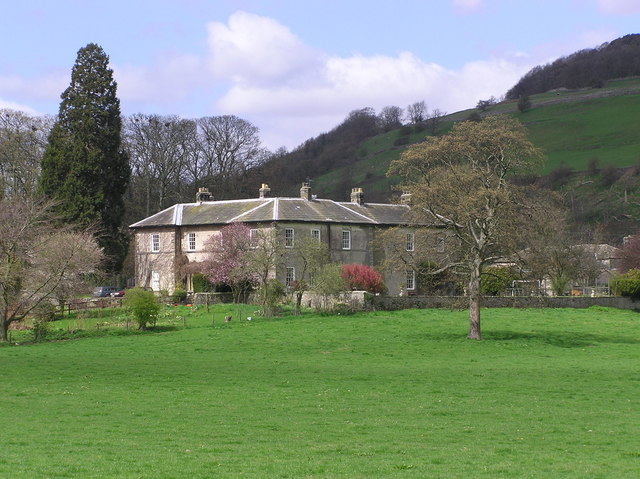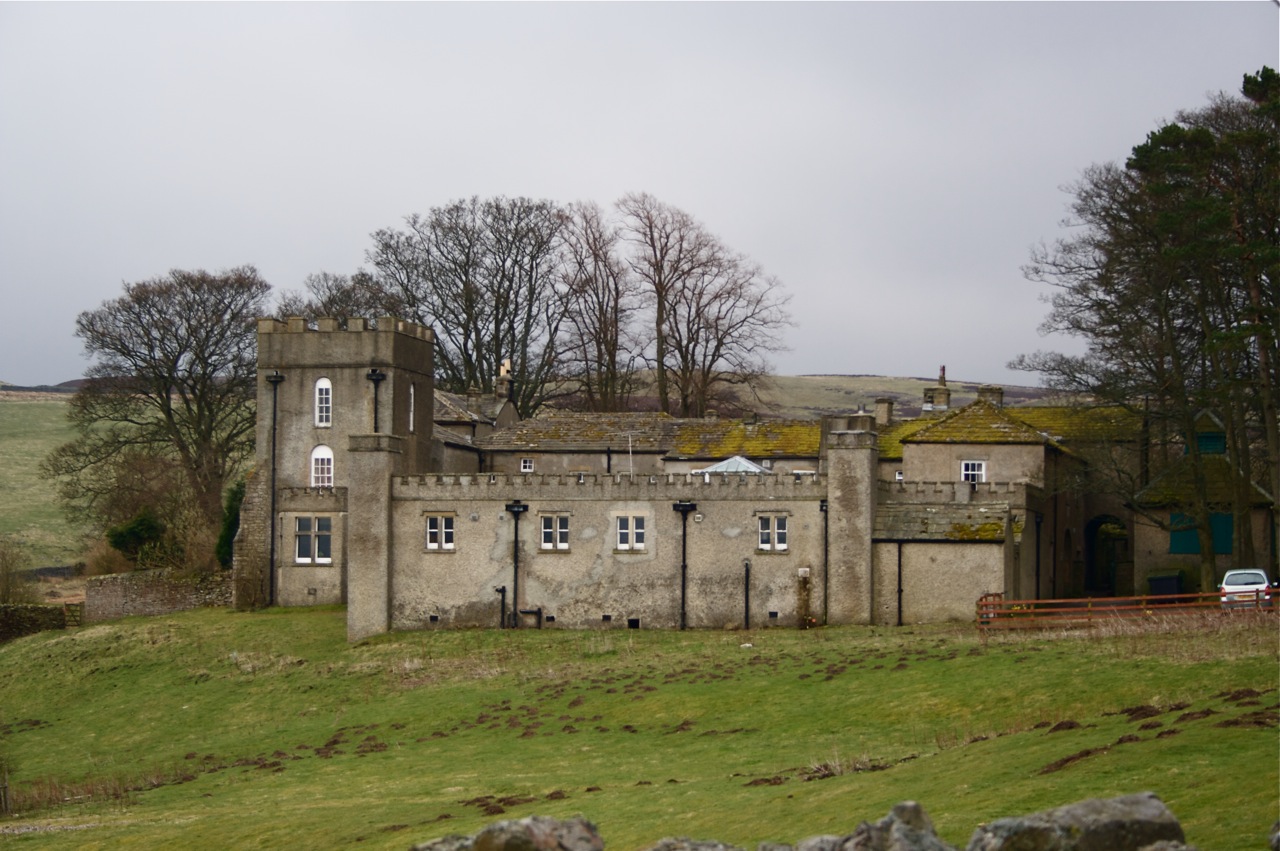High Close Wood
Wood, Forest in Yorkshire Richmondshire
England
High Close Wood
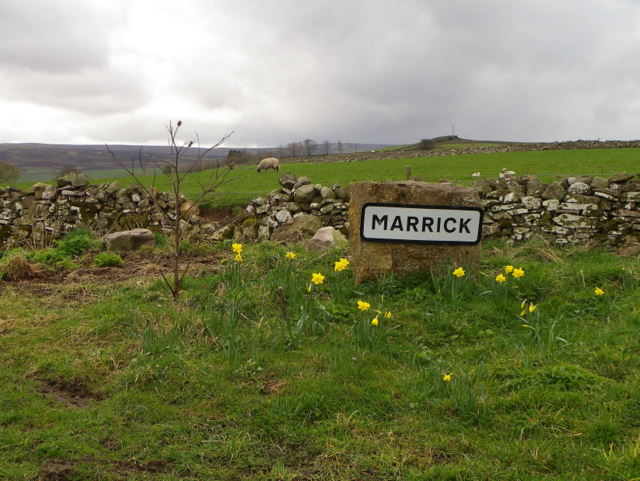
High Close Wood is a picturesque woodland located in Yorkshire, England. It is situated in the southern part of the county, near the town of Harrogate. The wood covers an area of approximately 100 acres and is known for its natural beauty and diverse range of flora and fauna.
The wood is predominantly made up of deciduous trees, including oak, beech, and birch, which create a lush and vibrant canopy during the summer months. In addition to the trees, the woodland floor is covered in a carpet of wildflowers, such as bluebells and primroses, which add a burst of color to the surroundings.
High Close Wood is also home to a variety of wildlife. Visitors may spot deer, badgers, and foxes roaming freely within the wood. The area is also a haven for birdwatchers, with several species of birds, including woodpeckers and owls, making their home here.
The wood is open to the public and offers a network of well-maintained walking trails, allowing visitors to explore the area at their leisure. These trails wind through the trees, providing stunning views of the surrounding countryside.
High Close Wood is a popular destination for nature enthusiasts, walkers, and photographers alike. Its tranquil and serene atmosphere, combined with its natural beauty, makes it a perfect escape from the hustle and bustle of everyday life. Whether visitors are looking for a peaceful stroll or a chance to immerse themselves in the wonders of nature, High Close Wood offers an idyllic setting for all.
If you have any feedback on the listing, please let us know in the comments section below.
High Close Wood Images
Images are sourced within 2km of 54.36501/-1.8867409 or Grid Reference SE0796. Thanks to Geograph Open Source API. All images are credited.
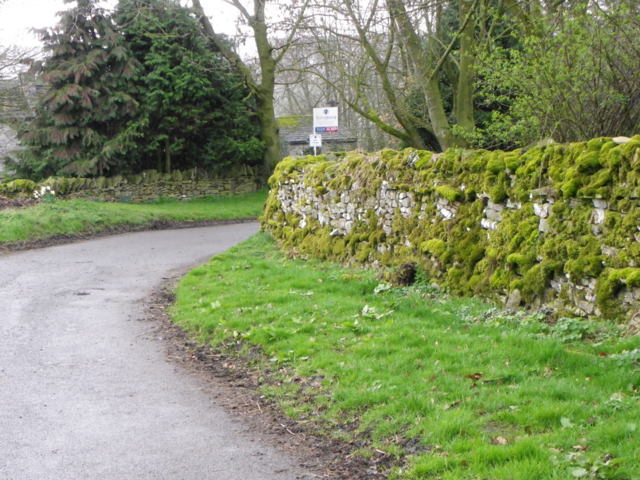
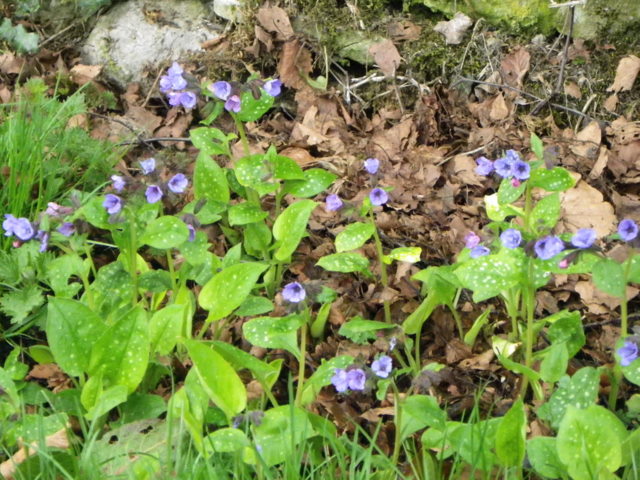
High Close Wood is located at Grid Ref: SE0796 (Lat: 54.36501, Lng: -1.8867409)
Division: North Riding
Administrative County: North Yorkshire
District: Richmondshire
Police Authority: North Yorkshire
What 3 Words
///songs.reissued.drops. Near Leyburn, North Yorkshire
Related Wikis
Ellerton Abbey
Ellerton Abbey is a civil parish in the Richmondshire district of North Yorkshire, England. It is located on the River Swale in lower Swaledale, 6 miles...
Ellerton Abbey House
Ellerton Abbey House is an historic building and estate in Ellerton Abbey, North Yorkshire, England. It was built around 1830 for the Fore Erle-Drax family...
Ellerton Priory (Swaledale)
Ellerton Priory was a priory of Cistercian nuns in Swaledale in North Yorkshire, England. Its ruins lie in the civil parish of Ellerton Abbey. == History... ==
Marrick Priory
Marrick Priory was a Benedictine nunnery in Richmondshire, North Yorkshire, England, established between 1140 and 1160 by Roger de Aske. The parish Church...
Marrick
Marrick is a village and civil parish in the Richmondshire district of North Yorkshire, England, situated in lower Swaledale in the Yorkshire Dales National...
Grinton Smelt Mill
Grinton Smelt Mill (also known as How Mill) is a ruined lead mining and processing site on Cogden Moor, south of Grinton in Swaledale, North Yorkshire...
Grinton Lodge
Grinton Lodge is a 19th-century former shooting lodge that has been a youth hostel since 1948. A Grade II listed building, it is situated above the village...
Stainton, west North Yorkshire
Stainton is a hamlet and civil parish in the North Yorkshire district of North Yorkshire, England. It is located just outside the Yorkshire Dales National...
Nearby Amenities
Located within 500m of 54.36501,-1.8867409Have you been to High Close Wood?
Leave your review of High Close Wood below (or comments, questions and feedback).
